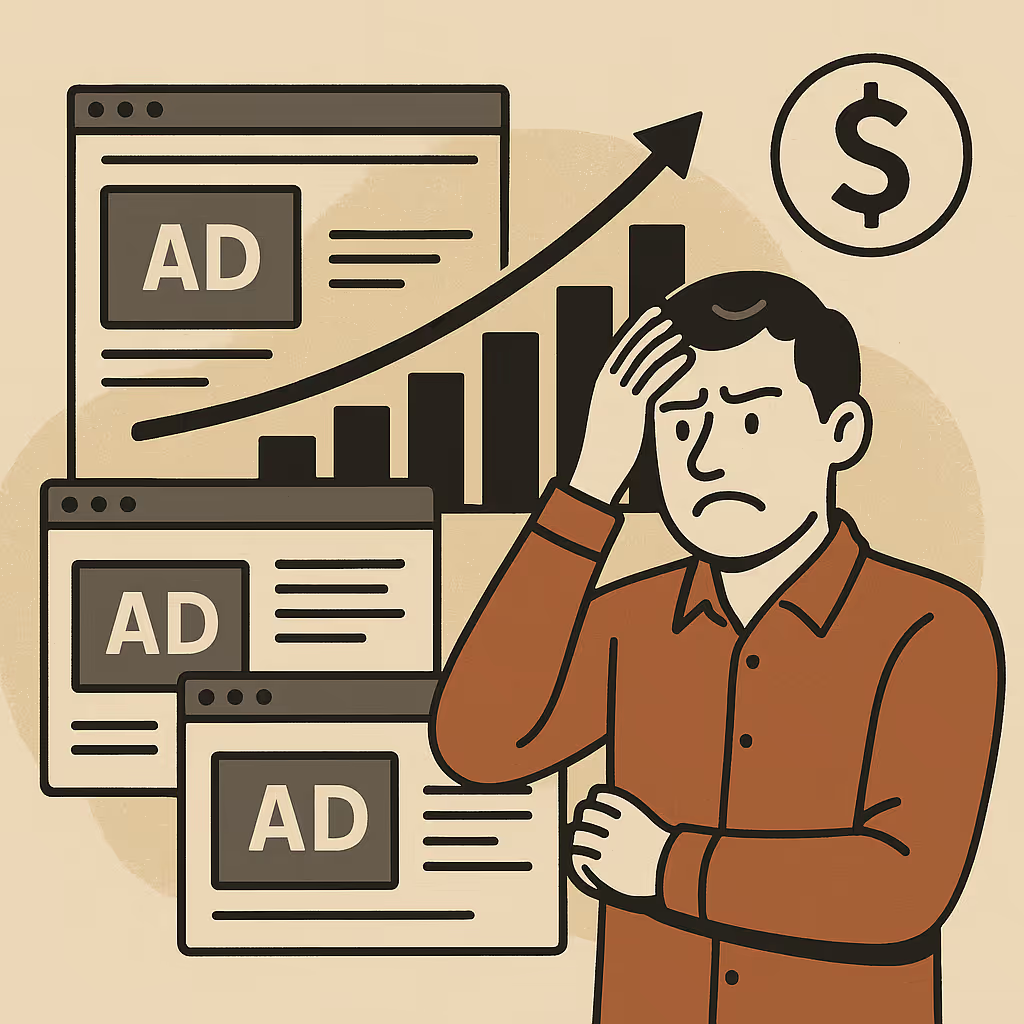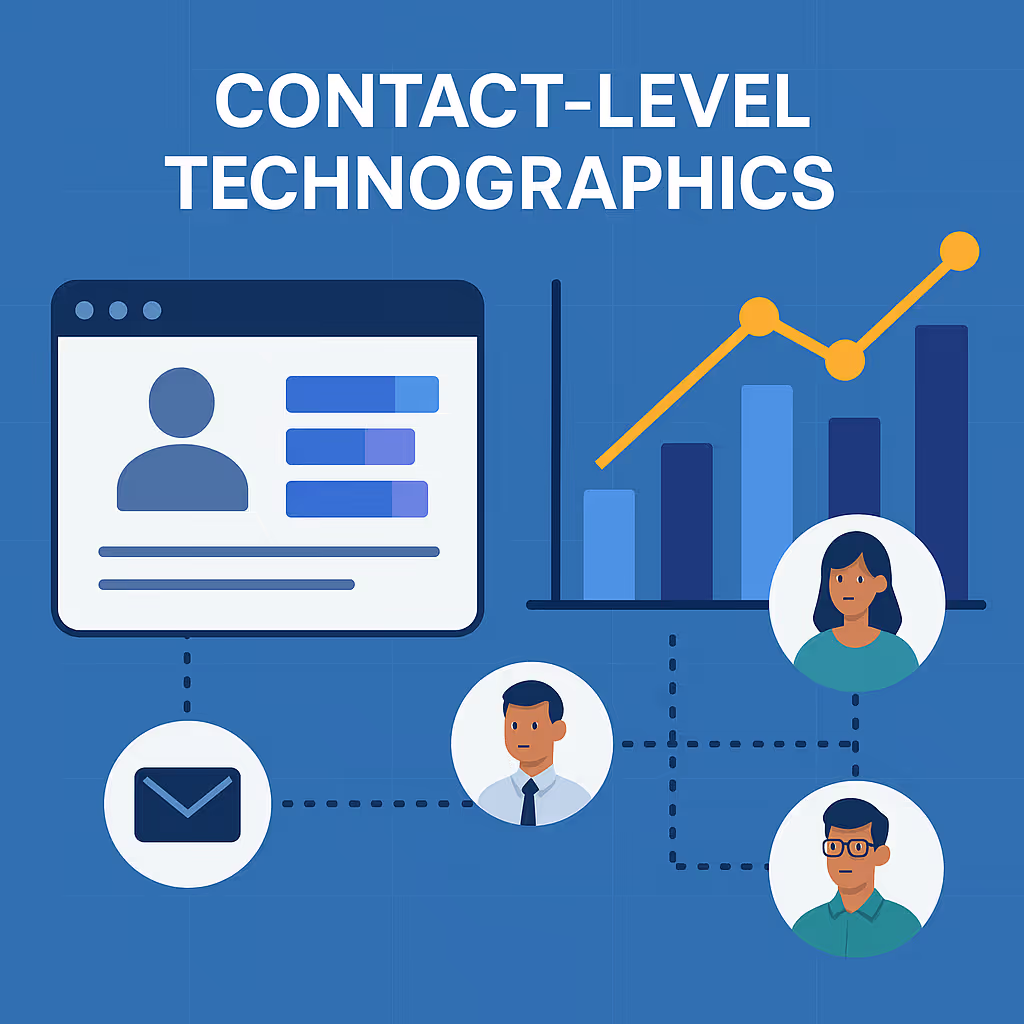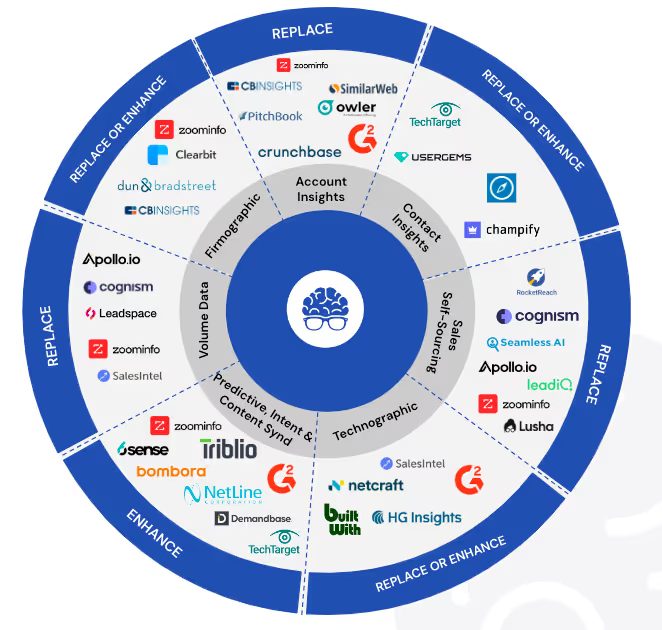You’ve probably heard some version of this line lately:
“We honestly feel like we’ve tried everything to optimize, but the conversion cost isn’t going down…it’s actually going up.”
I’ve heard it five times this week alone—from seasoned digital marketers at companies that should have this figured out.
They’ve tested new creative. Tightened targeting. Shifted budget between platforms. Tuned every lever they can touch.
And yet the numbers keep trending in the wrong direction.
If you’re watching your cost-per-acquisition (CPA) rise while conversions stay flat—or worse, fall—you’re not alone. Something fundamental is quietly breaking inside B2B digital advertising, and it’s happening right under our noses.
Let’s break it down.
Problem #1: You’re Bidding Against Yourself (And It’s Not Your Fault)
In theory, B2B ad platforms help you “reach your ideal buyer.”
In practice, they’re charging you multiple times to reach the same person.
Here’s why:
Most marketers build audiences using a similar formula — industry, company size, seniority, function. Maybe they add firmographic or intent layers from platforms like LinkedIn, Meta, or Google. Then, because every channel promises incremental reach, they replicate these audiences across multiple platforms and campaigns.
The result?
The same VP of Sales or CMO sits inside five or six overlapping ad groups across your ecosystem.
Each time that person opens LinkedIn, Instagram, or YouTube, you’re bidding against yourself — and paying for the privilege.
The platforms don’t warn you. Why would they?
They profit from your redundancy.
In fact, the broader and more opaque targeting gets, the harder it is for you to see the overlap. The incentive is clear: if every impression looks “unique,” you’ll keep funding inefficiency indefinitely.
What looks like “performance volatility” in your dashboards is often just an invisible auction between… you and you.
Problem #2: Too Much Demand, Too Little Supply
There’s a deeper macro issue at play.
There are only so many decision-makers inside your ICP.
But there are hundreds of vendors, agencies, and SaaS platforms trying to reach them.
Every time you spin up a new ABM platform, launch a Demandbase campaign, or run “intent-based” ads, you’re joining the same digital dogpile of competitors targeting the same finite pool of executives.
More demand chasing fewer eyeballs = costs skyrocket.
And unlike the stock market, this isn’t an open exchange—it’s a series of closed gardens designed to make you believe you’re the only one in the room.
In reality, your ads are competing with:
- Your direct competitors (who look just like you)
- Your channel partners (who share ICP overlap)
- And your “category cousins” (companies with similar tech or workflows)
The collective bidding war drives up CPMs and CPCs while lowering overall impression quality.
It’s not your targeting. It’s not your creative.
It’s supply pressure—and the house always wins.
Why This Problem Persists
Platforms like Meta, Google, and LinkedIn thrive on opacity.
The less you know about how audiences overlap, the more they can sell you “new reach” that isn’t actually new.
ABM and intent data vendors don’t fix it—they accelerate it.
They make it easier for everyone (including your competitors) to target the same decision-makers, faster.
It’s a beautiful system — for them.
Not for you.
Your CFO sees rising costs. Your CRO sees stagnant pipeline.
And you’re stuck explaining how a 15% higher budget generated the same number of MQLs.
This isn’t a creative problem.
It’s not a “tighten targeting” problem.
It’s a structural flaw in how B2B advertising operates.
How to Fix It: Take Back Control
The platforms aren’t going to solve this for you. Their margins depend on it.
But you can take control by attacking the root cause — audience duplication and supply saturation.
1. Deduplicate at the source
Audit every active audience across LinkedIn, Google, Meta, and ABM tools.
If 60–70% of your named accounts appear in multiple audiences, you’re paying multiple times for the same exposure.
Deduplicate and prioritize instead of overlapping.
Tools (or partners) that can unify ID graphs and deconflict across walled gardens are your secret weapon.
2. Go where your competitors aren’t
When everyone is shouting in the same rooms, the quiet ones win.
Find alternate channels where your ICP actually spends time but your competitors ignore — niche newsletters, podcasts, communities, emerging platforms, even direct outreach powered by bespoke data.
It’s not about reach; it’s about attention density.
3. Stop renting other people’s data
Every major platform has trained you to lease access to their audiences, never own them.
That’s why when your budget pauses, your reach disappears.
Instead, invest in building your own audience graph—verified contacts, opt-in relationships, and first-party engagement signals.
This is how you move from dependency to autonomy.
The Takeaway
B2B ad costs are rising due to two hidden forces:
- Audience duplication — You’re unknowingly bidding against yourself.
- Market saturation — Everyone’s fighting over the same limited supply of decision-makers.
The platforms profit from both — and have zero incentive to reveal it.
The future of efficient B2B marketing isn’t about bigger budgets or fancier algorithms.
It’s about reclaiming control — over who you target, where you appear, and how your data flows.
If your marketing feels like it’s getting more expensive but less effective, it’s not your imagination.
It’s the system — and it’s time to break it.




